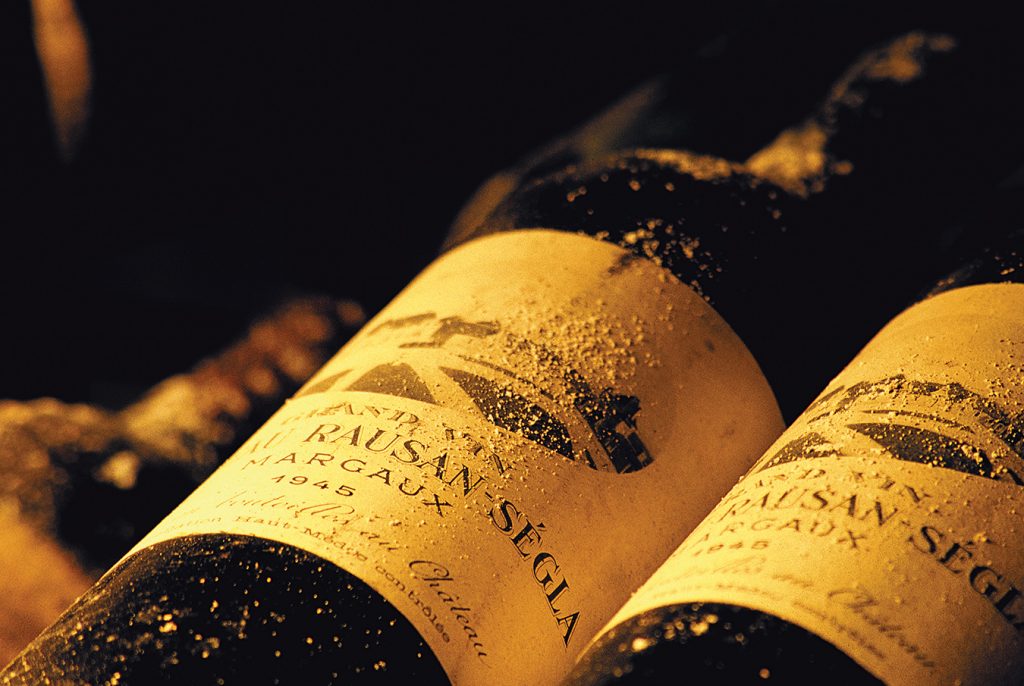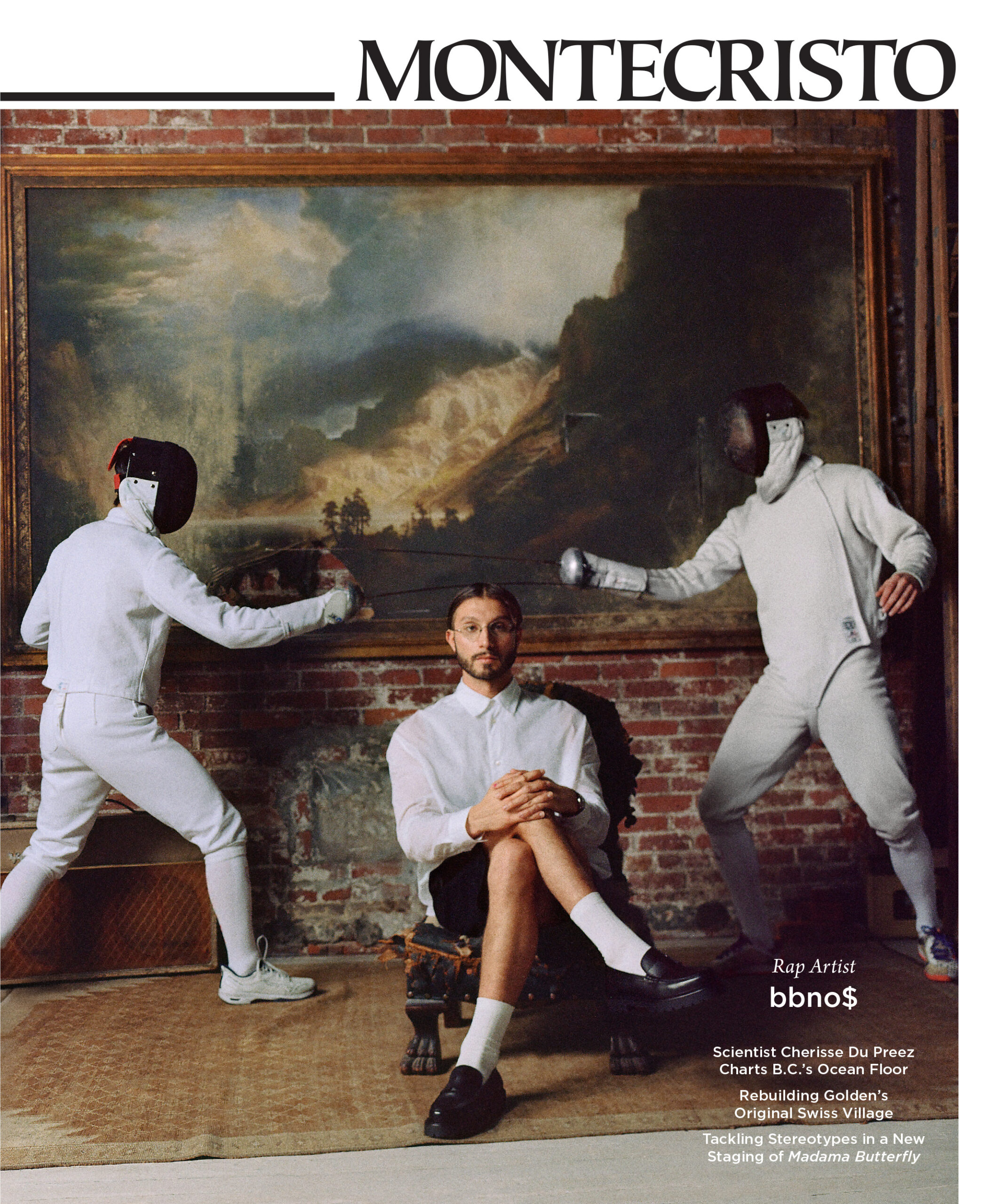John Kolasa left his position as director at Château Latour in 1994, attracted by the idea of rehabilitating two illustrious Bordeaux properties: Château Rauzan-Ségla in Margaux, and Château Canon in Saint-Emilion.
Each vineyard presents very different challenges, but Mr. Kolasa was intrigued by both. “In Margaux, drainage is always an issue. The system at Rauzan was basically obsolete, so we have installed many kilometres of new drainage. Also, they were making upwards of 17,000 cases back in the early nineties; we took that down to 8,000 cases, and now have worked our way back up, to approximately 11,000. That seems like a healthy quantity, given the quality we demand. At Canon, it was boudier—a root rot caused by all the fruit trees, walnut trees, stumps left in vineyards—which in turn causes all kinds of fungus and bacteria that adversely affect vine roots. In Saint-Emilion, no more than 20 per cent of the vineyard can be new vines, so it has taken us over 15 years to replant.”
Mr. Kolasa has been in the fine-wine business from a young age, but his approach, though he is forbiddingly knowledgeable, is disarmingly forthright and genial, making him one of the world’s great ambassadors for wine in general and for Bordeaux in particular. “Every vintage is unique,” he says. “No such thing as twins. Differences and similarities are instructive, though. I strive for structure, length, acidity and balance, always mindful that wine is meant to be taken with food. We don’t make wines that are immediately sexy, for easy tasting scores. You must take your time with wine. It always takes time.” He pauses, and then adds, “The act of buying wine from Bordeaux involves age potential as a key factor. I know most people in this world will never be able to taste the wines we make, and that is something I would hope will change over time. Still, there is only so much wine to be made, and demand for the Classified Growths is higher than ever.”
“We don’t make wines that are immediately sexy, for easy tasting scores. You must take your time with wine. It always takes time.”
Mr. Kolasa is pouring some select vintages over a lunch at Blue Water Café that includes braised pheasant breast and roasted lamb loin, dishes that augment the monumental flavours in the wines. The wines: Rauzan-Ségla 1983, ’96, ’00, and ’05; Canon 1982, ’85, ’88, ’00 and ’05. The ’83 Rauzan (“a Renaissance wine for the property” says Mr. Kolasa) is a fascinating and relatively youthful wine, and still a star. Clearly, 2000 was a great vintage for the region, but Mr. Kolasa maintains that “2001 was a much underappreciated vintage, and 2002—extremely high value, very good wines.” There are no timid wines at this tasting, and Mr. Kolasa discusses a few practical points about both properties: “I do not believe in alcohol as a quality measurement at all. Cabernet sauvignon should never be 14 degrees plus, in alcohol. And while the 2000 vintage has all kinds of power, it still maintains a balance, which is what I admire most about it.”
The wines are all showing well, and the ’85 Canon and ’96 Rauzan seem to be approaching perfection at this point. Mr. Kolasa surveys the room, and comments, almost to himself, “1661, Rauzan was established. 1650, Latour. We are just passing through, so we try to make some good bottles in our time, and make it possible for others in the future to improve on what we have done. It is basically a farmer’s work, and I love it.”
Photos: Château Rauzan-Ségla.









